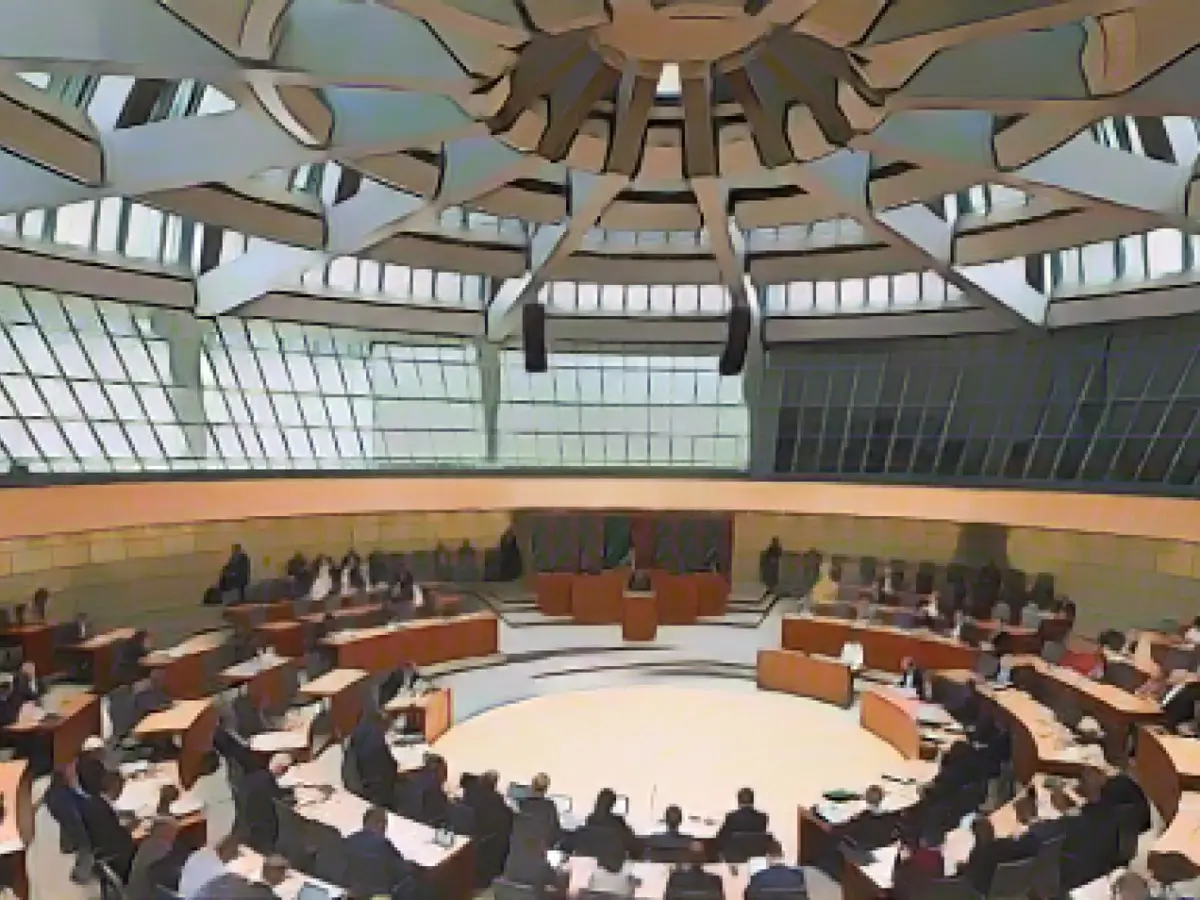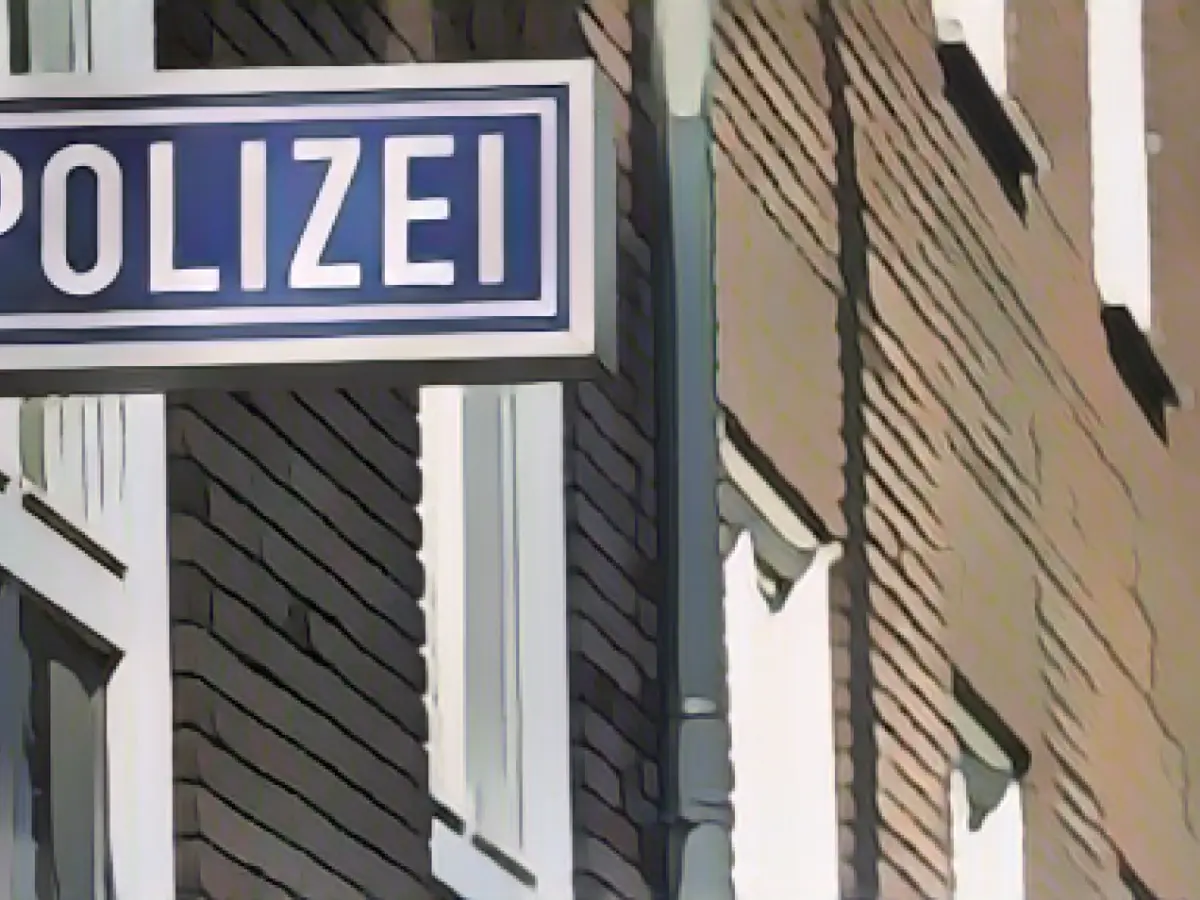Title: Upgrade Stadium Safety, Lower Saxony Clubs Told
In a bold plea, Lower Saxony's Interior Minister, Daniela Behrens, has urged professional soccer clubs to boost safety measures in their stadia. Failure to do so might invite legal action, such as collecting police costs, the SPD politician warned in the state parliament on Wednesday.
This strong-worded statement came in the wake of an alarming rise in stadium brawls this season, surpassing the total number from the entire previous season. The Lower Saxony derby between Hannover 96 and Eintracht Braunschweig in November was the game that pushed matters over the edge. Despite deploying an army of 2,000 policemen, horseback units, helicopters, and drones, the event left a trail of shattered glass, injured officers, and ransacked areas. The bill for this security operation? Over one million euros.
The onus is now on the clubs to up their security game, Behrens stated. This entails structural enhancements, rigorous admission checks, and consistent bans from stadiums. The impending second leg of the derby in Braunschweig in April holds significant importance, as the authorities will be closely monitoring whether security measures are put into action. If it falls short, the possibility of charging clubs for police operation costs could be on the table. Already, Bremen is leading the charge, passing the police costs onto their club.
Joining in the chorus was SPD MP, Alexander Saade. He suggested adopting measures common in English soccer such as personalized tickets, limited standing room, and alcohol bans.
Additional Insights:
- Increasing collaboration between fan representatives and club officials can help create tailored security measures, preventing disproportionate police interventions.
- Open communication between clubs and local authorities can contribute to a more proactive approach towards security and reduce unnecessary police intervention costs in high-risk fixtures.
- Implementing advanced security infrastructure like surveillance systems, crowd management strategies, and emergency response plans can help boost overall safety.
- Regular training and drills for security personnel ensure they're prepared to handle various scenarios and lower response times in emergencies.
- Engaging with the local community building trust and alleviating tensions can further improve the overall stadium environment, making it a safer space for fans.
References: [1] [2] [3]







